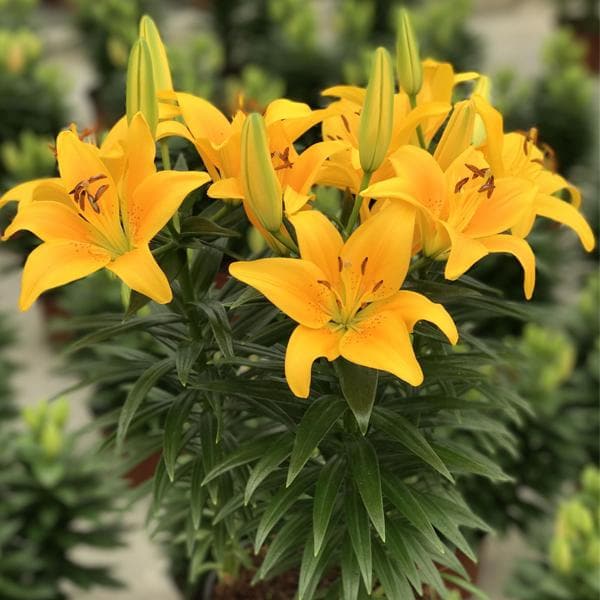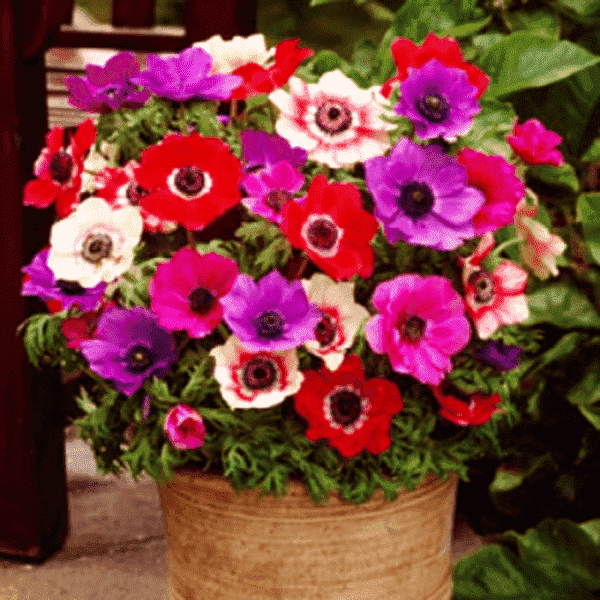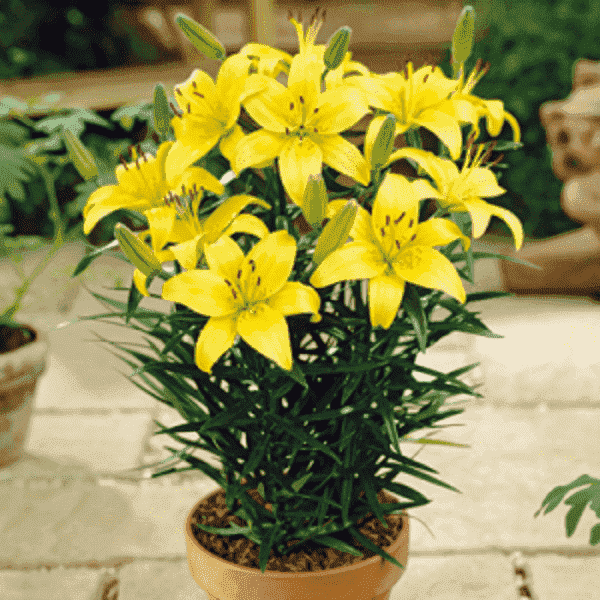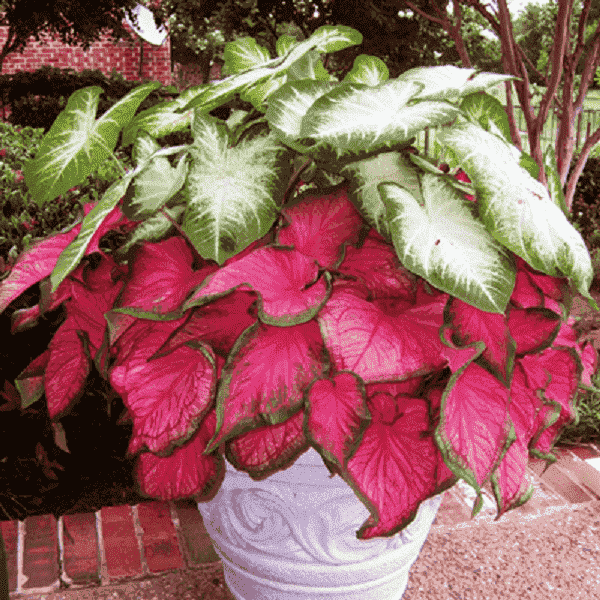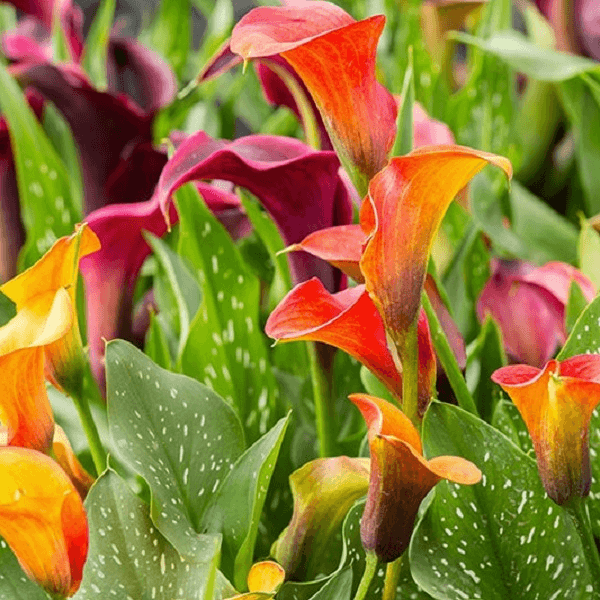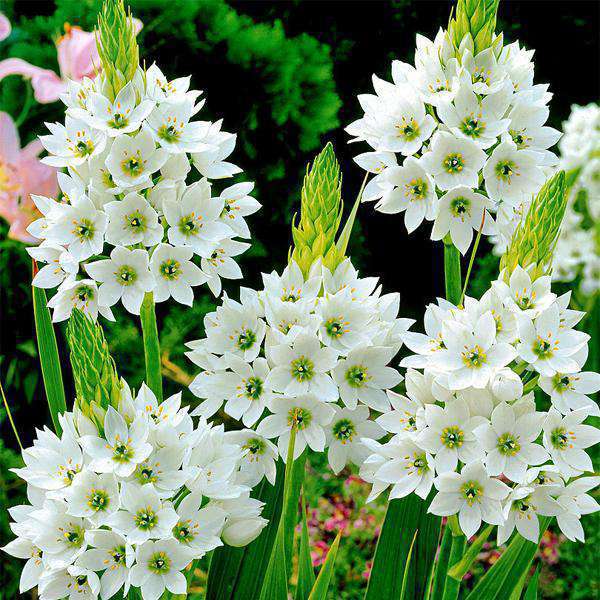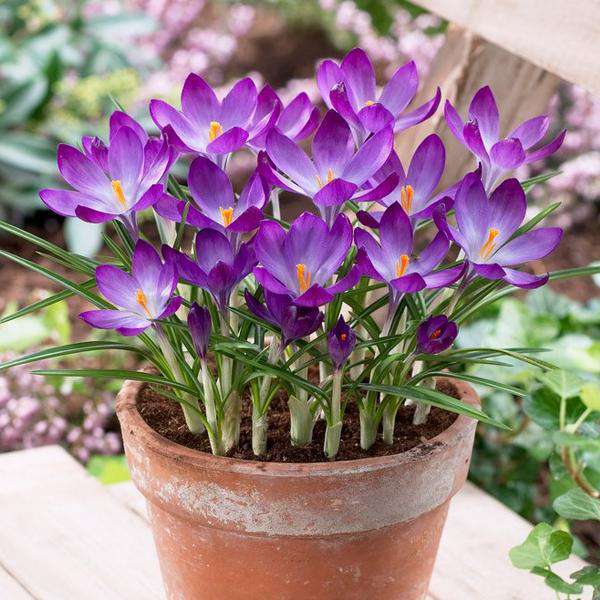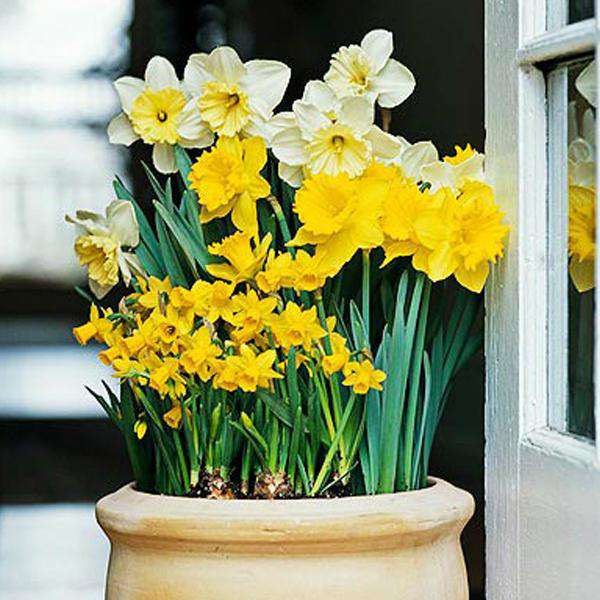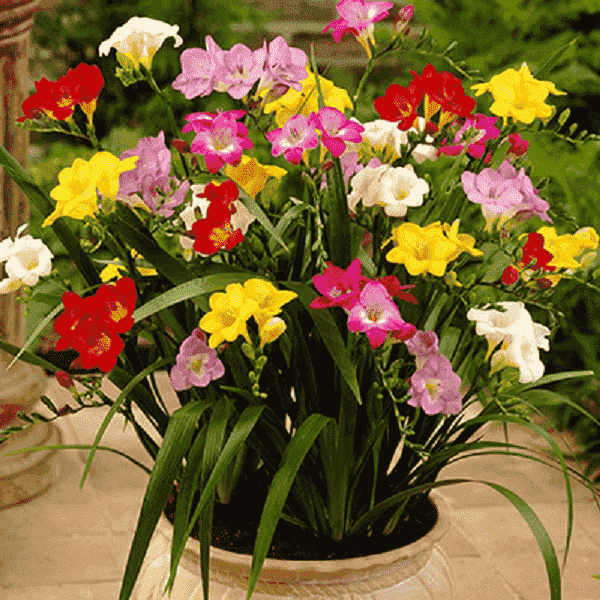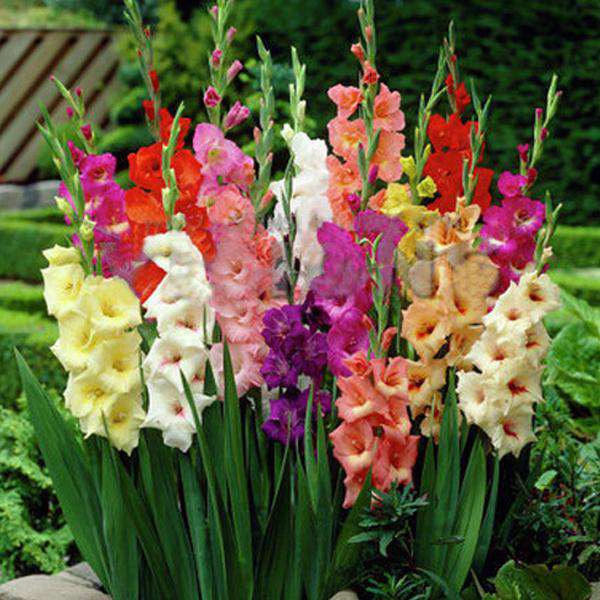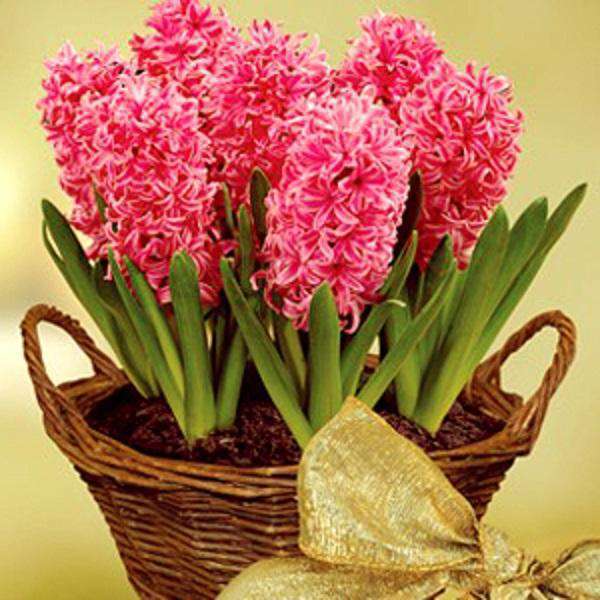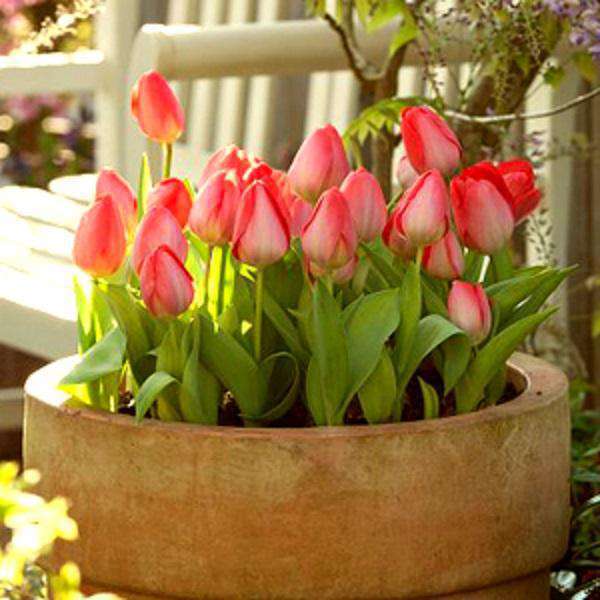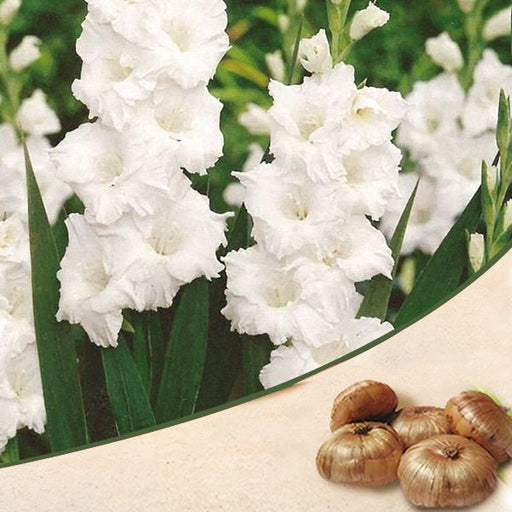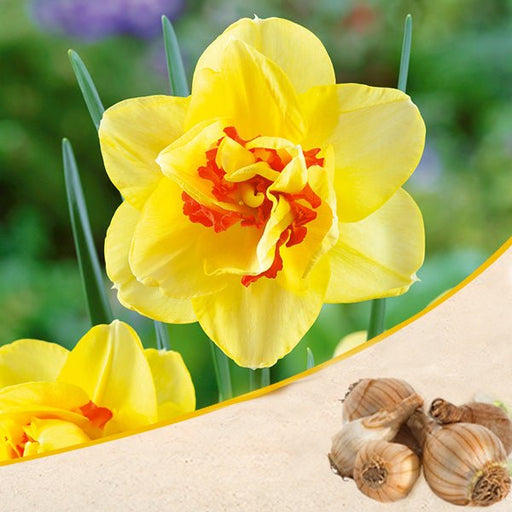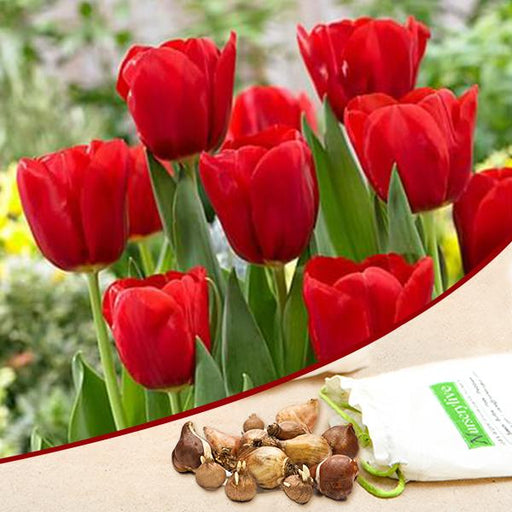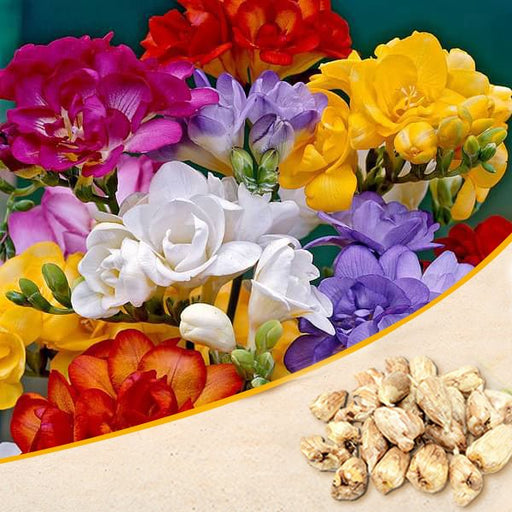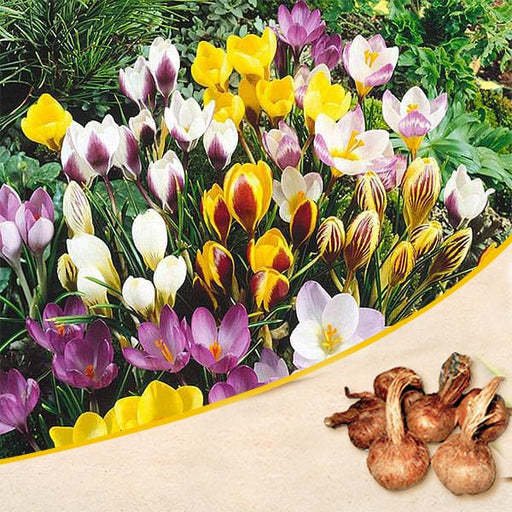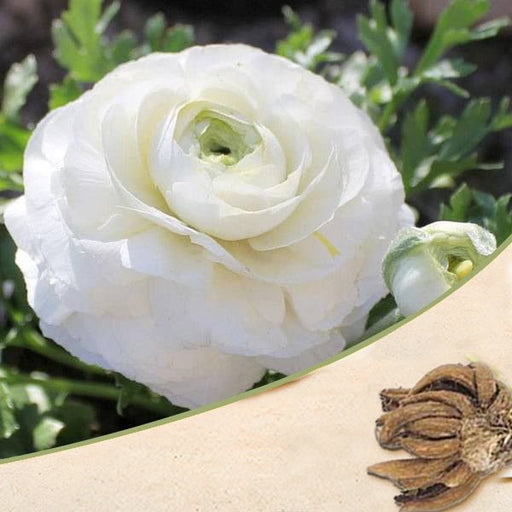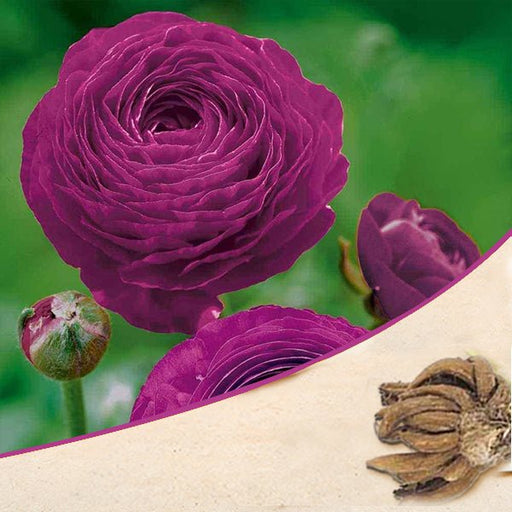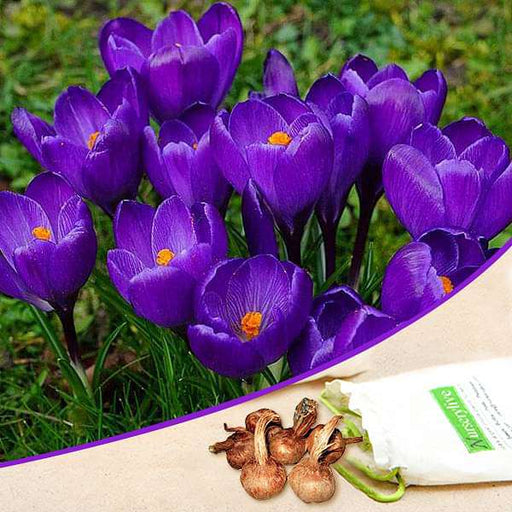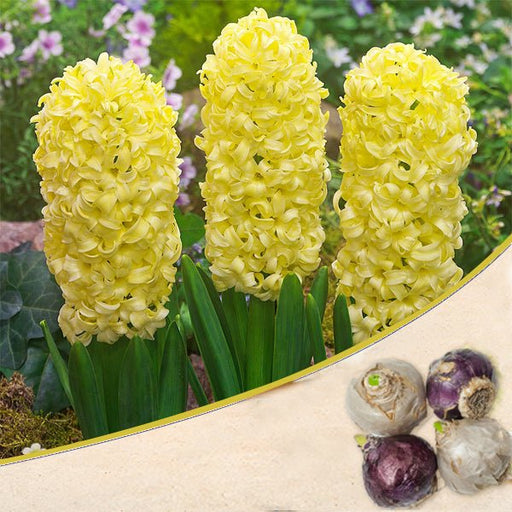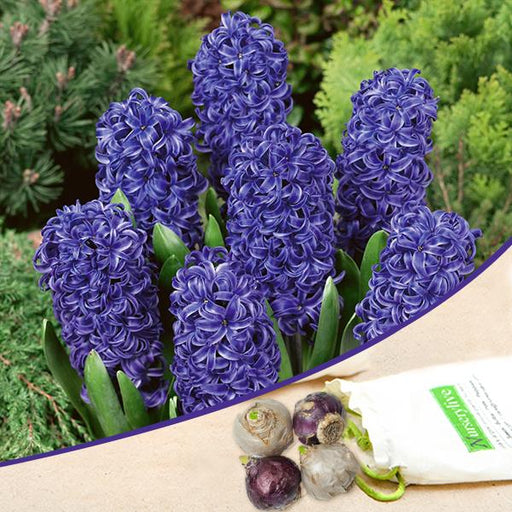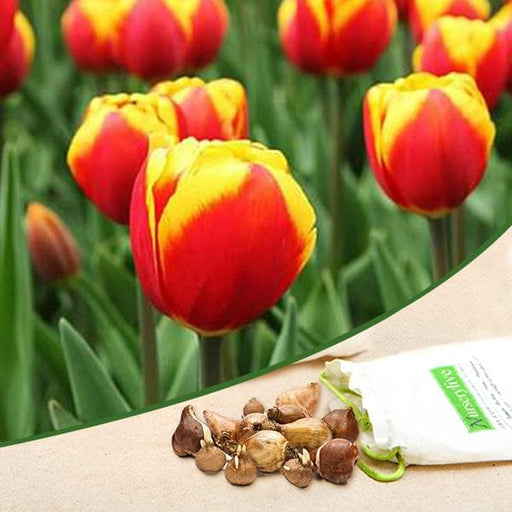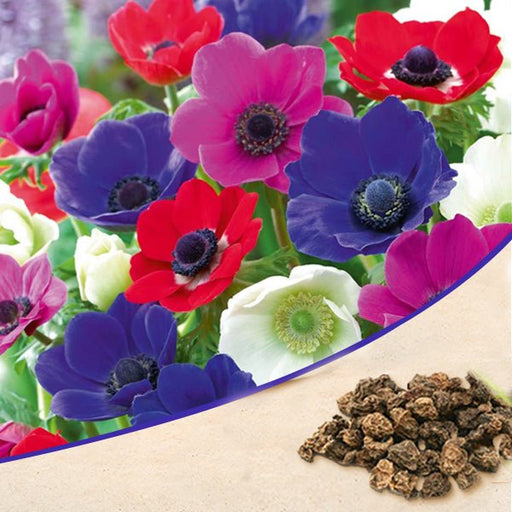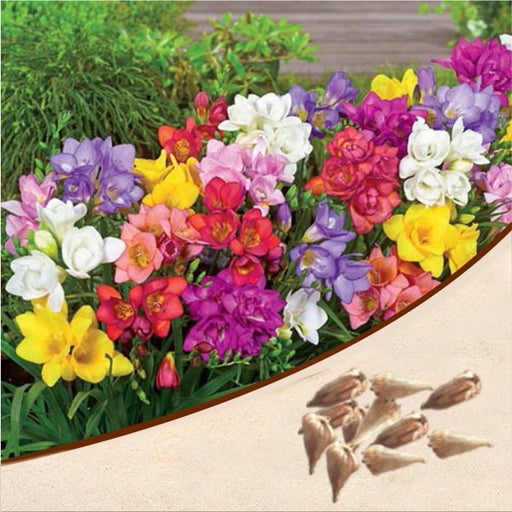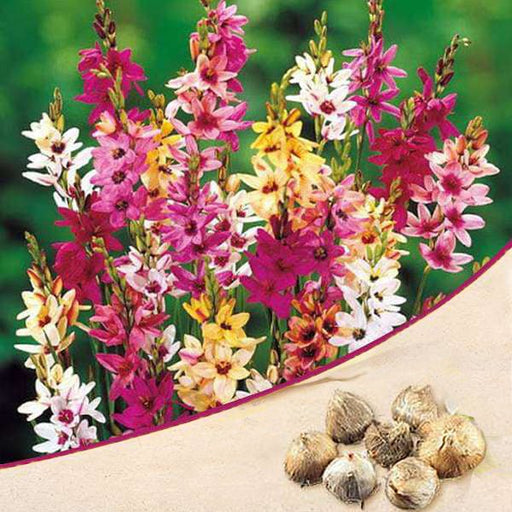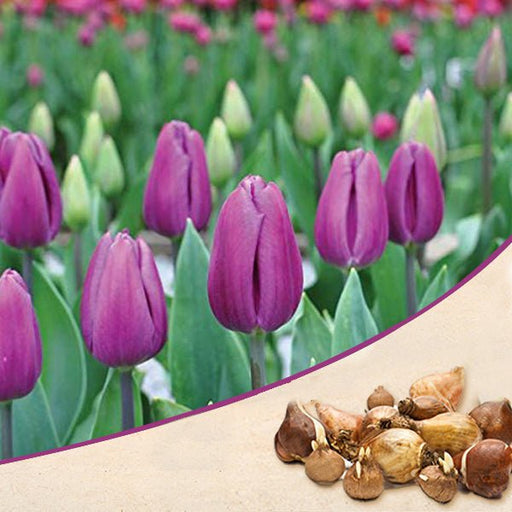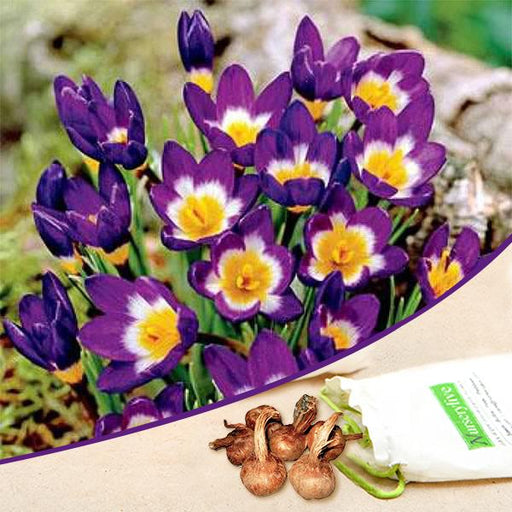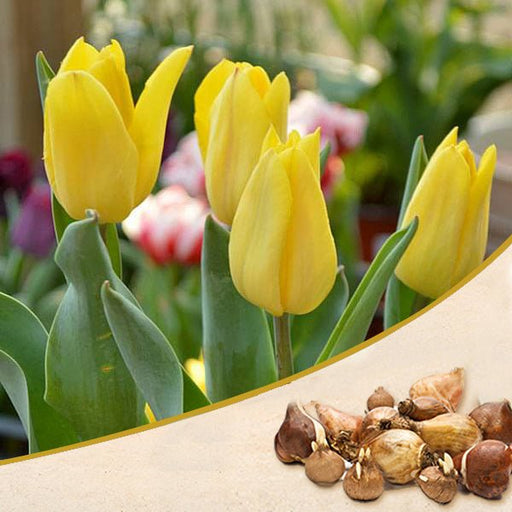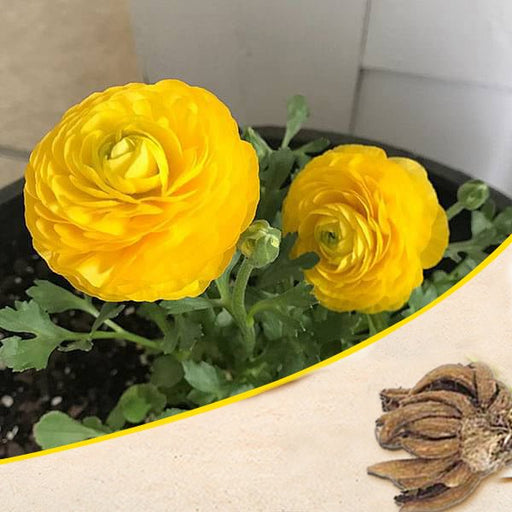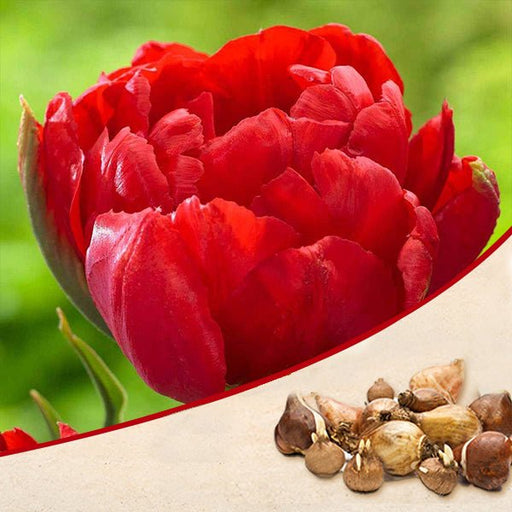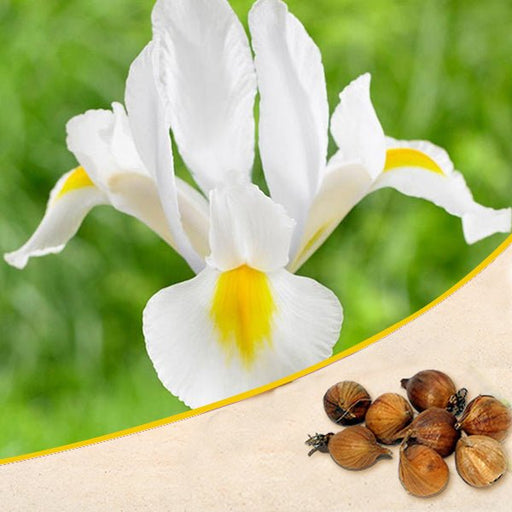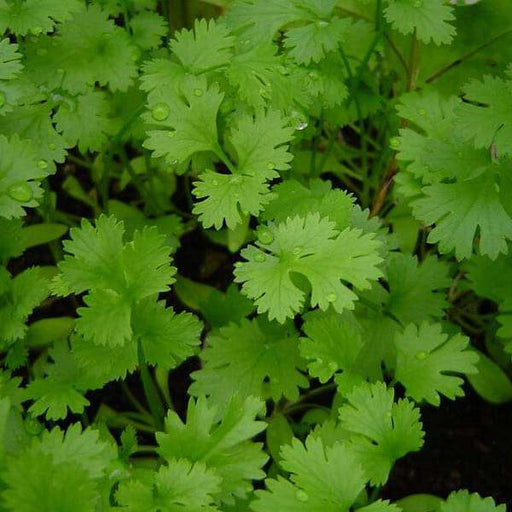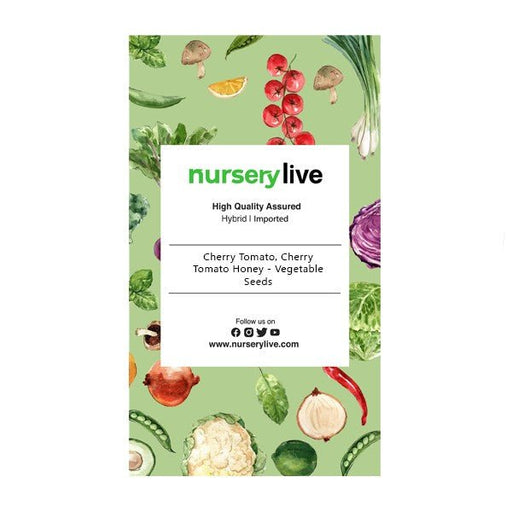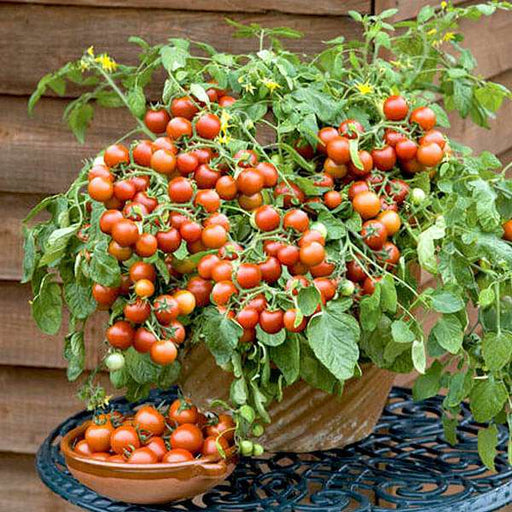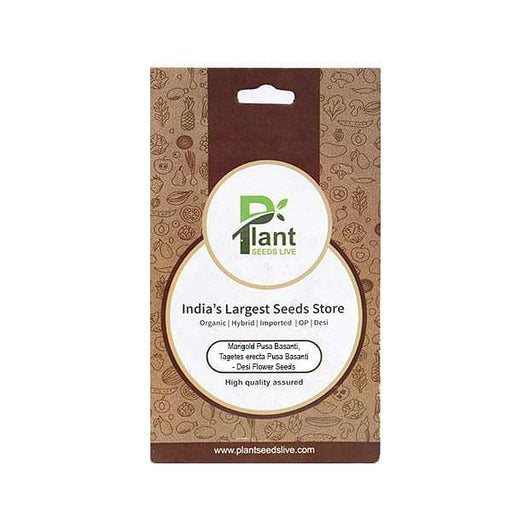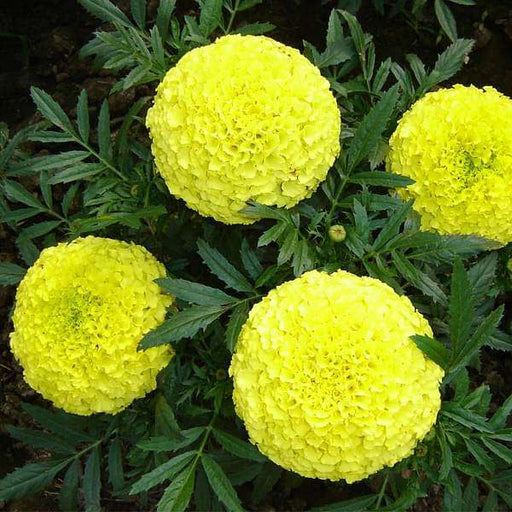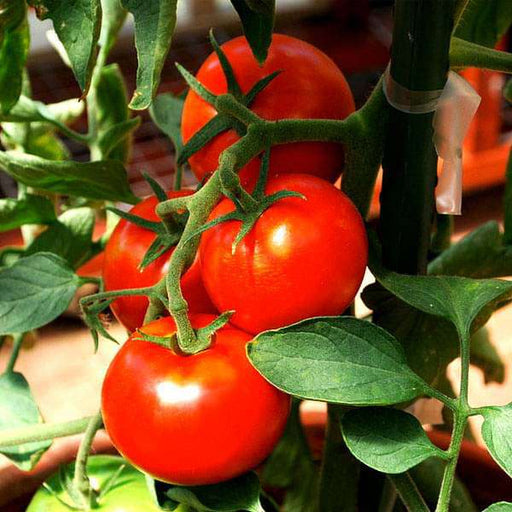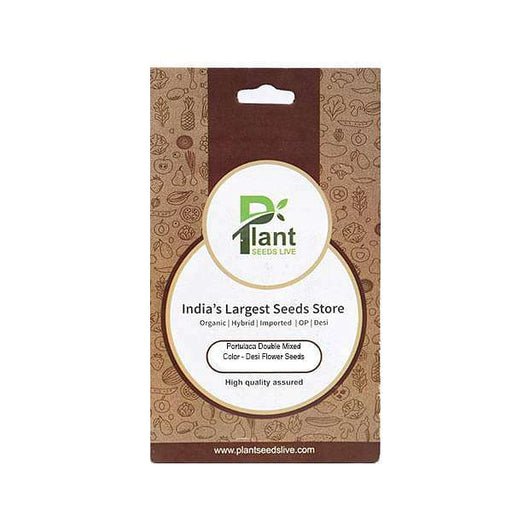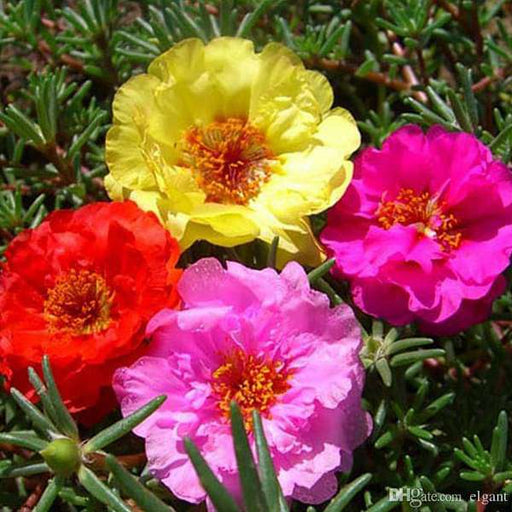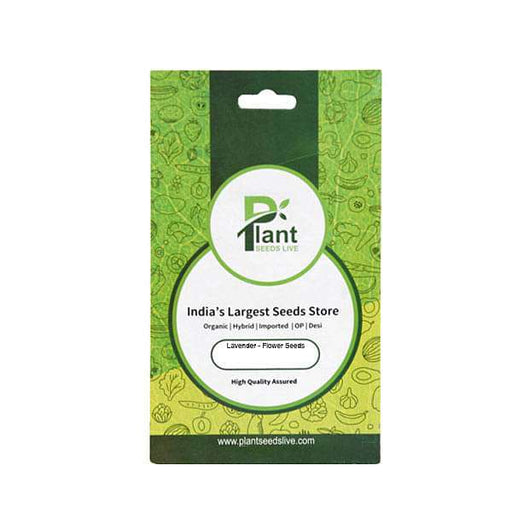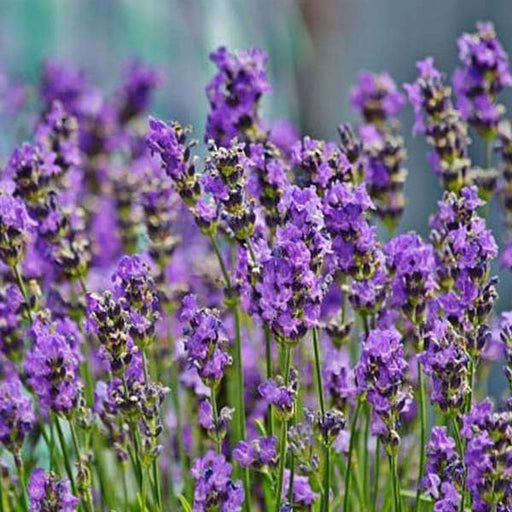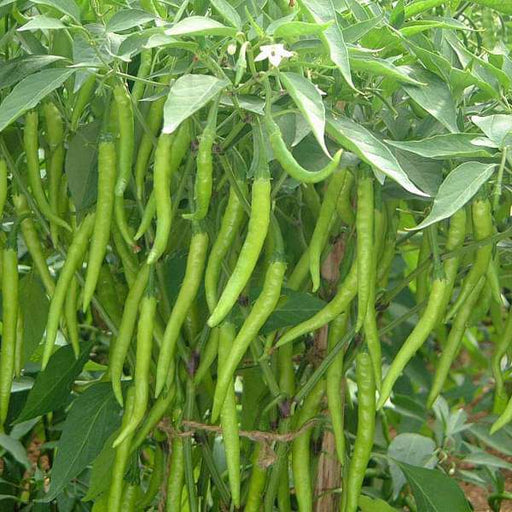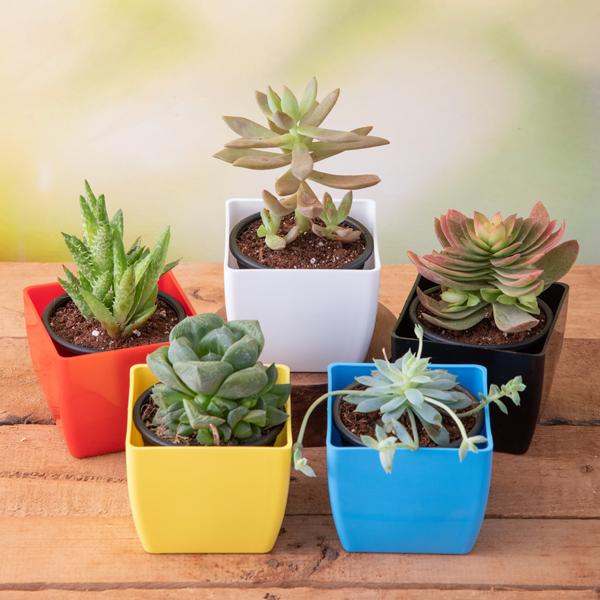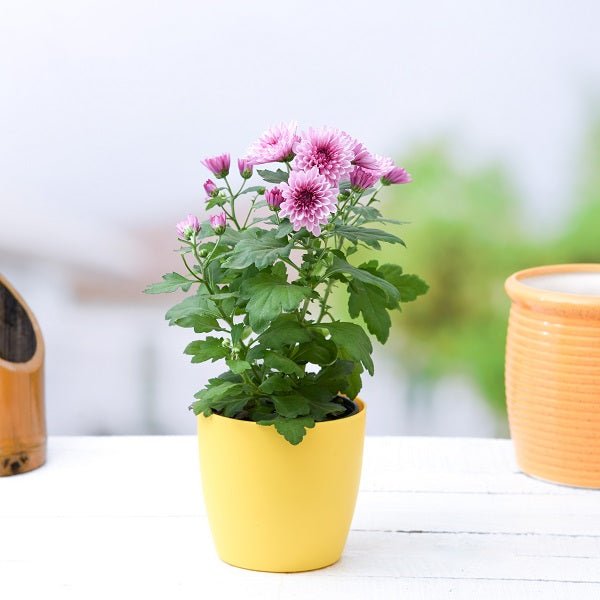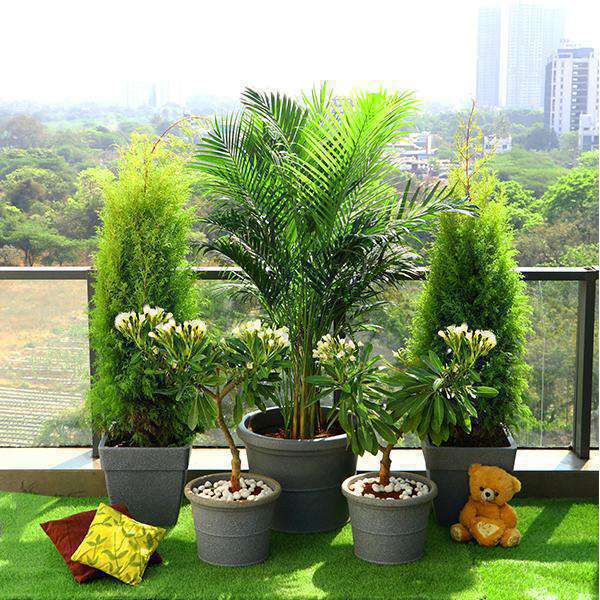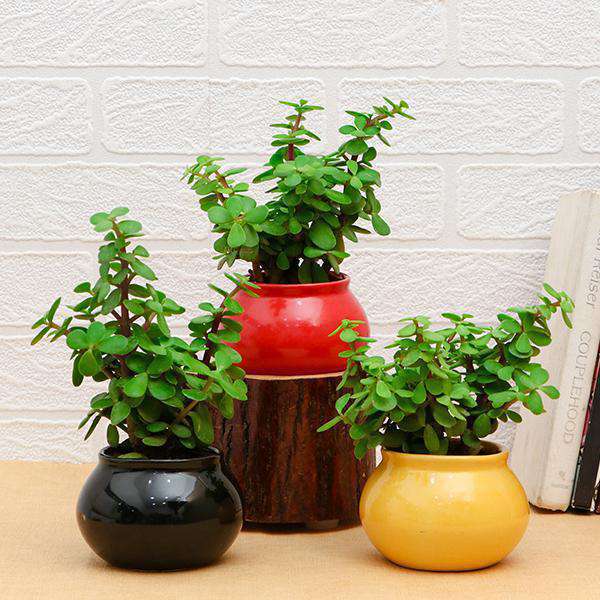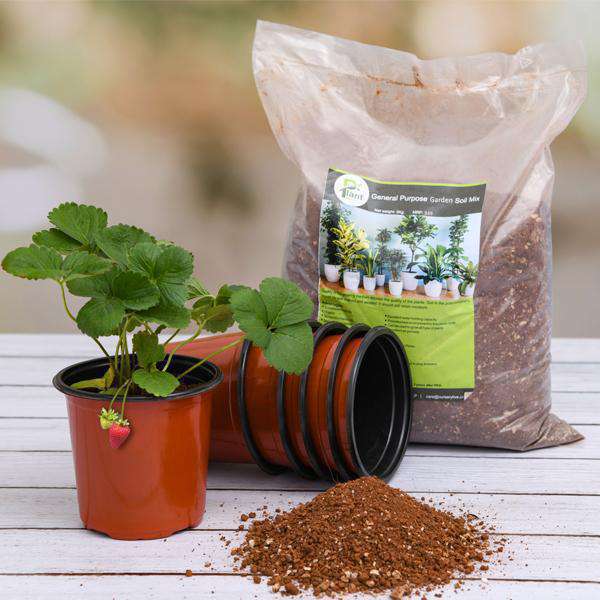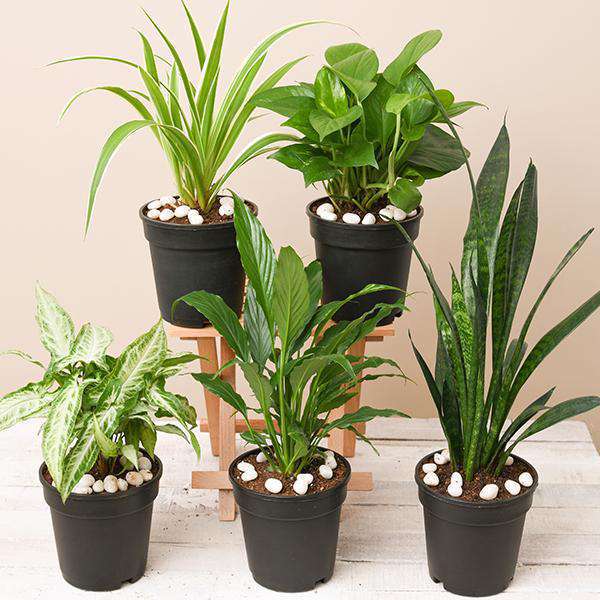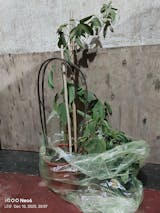I placed an order on 28th November to gift a plant to a loved one. The order was delivered on 3rd December, but only after repeated and unpleasant follow-ups with the delivery partner. Unfortunately, the product I received was incorrect and in extremely poor condition, with hardly any chance of survival.
I immediately tried reaching customer support, but there is no direct way to connect with a human agent—no call or live chat support, only an ineffective AI system that was of no help. I then raised a ticket through a Google Form, clearly explaining the issue and attaching photos.
The next day, I received an email from Siddhi Narke, stating that the images were not sufficient for verification and requesting more photos. I promptly shared pictures from all possible angles. After that, there was no response for an entire week. On 12th December, I finally received another email—not offering a replacement or refund—but instead providing tips on how to revive the damaged plant. (which was very frustrating)
I immediately replied on 13th December, requesting a resolution or a refund. As of 17th December, there has been no response whatsoever, and there is still no way to contact the team directly.
This has been a very disappointing and frustrating experience, especially as it was my first order from Nurserylive. I strongly suggest visiting local nurseries instead, where you can personally inspect the plants, get them at more reasonable prices, and receive proper support if something goes wrong.
I have ordered this one but all I received was only glass holder and pebbles not the bamboo stick. I even raised a ticket for asking the status of missing or to refund but none of them replied and phone number is switched off and WhatsApp Messages were not seen till now. What kind of customer service is this.
I have 0 zero star for this but I have given 1 star because it was not allowing to submit
A healthy, correct size plant was delivered within a day which was pleasant surprise!
Extremely unhealthy plant arrived after 2 weeks of ordering. Packing was very bad. Nurserylive should limit their delivery to select places near their city rather than promising all over india. They should revisit their strategy of sending poor quality of plants for a premier price in a dirty package.
Neither delivery of this plant nor refund nor any communication
No seeds in pouch, only few dry outer shell received. Please check quality of product before pack
Received plants without a minimum packing/safety. that's why its little bit damaged.. you can see the image shared. (It looks like you bought these plants from a nursery near your home. The main reason for this is that there is no safety packaging material provided with it that mentions the website or the name of the nursery).. first time buy & this like experience thanks nursery live.
Did not receive the ordered plant, instead received the other plant & plant which is delivered is not in healthy condition
Product was never delivered.
I receive this plant as a gift and its growing very well.

